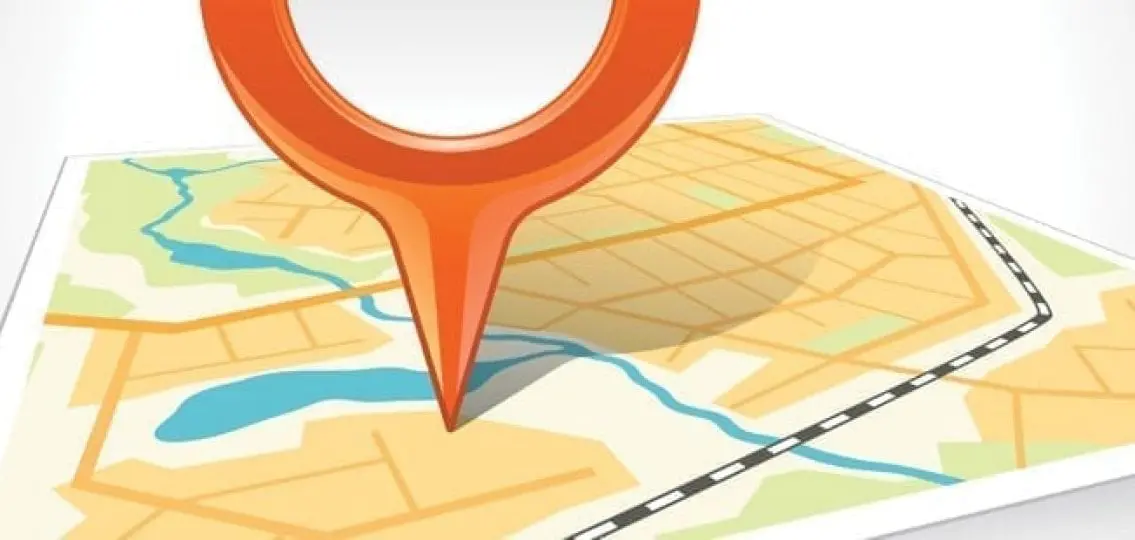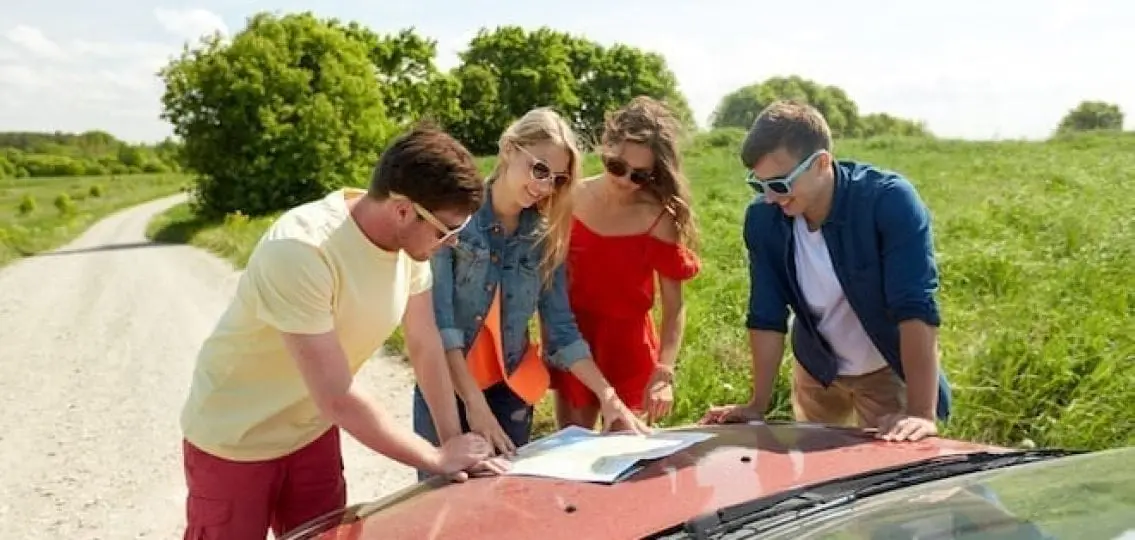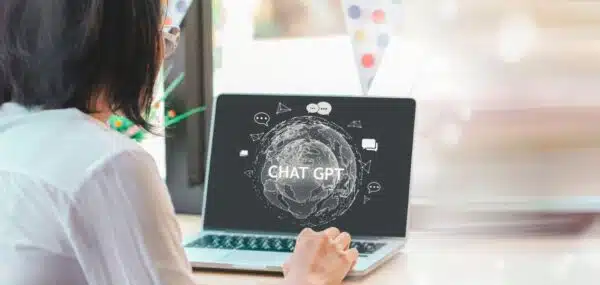Smartphones and GPS have become the norm for getting directions. And they’re great–except when you can’t get a signal, or lose battery power, or get lost in a place without streets. Knowing how to get around with no GPS is a move out skill teenagers should definitely have. Does your teenager know how to find their way with no GPS?

Here are a few tips you can share.
No GPS? Here’s What To Do Instead
1) Invest in a paper map
Folded up maps that your parents always had in the glove box—remember those? Go old school and make sure you have a paper map in your glove compartment or backpack. Familiarize yourself with the major freeways and surface streets you can take to get home. Paper maps always work without internet access and don’t require a battery charge. If you don’t know how to read a map, now’s a good time to learn.
Additionally, if you’re only worried about not having internet access, download offline versions of maps of your area. For example, you can cache parts of Google Maps in both Android and iOS.
2) Memorize directions
Instead of just entering addresses into Apple Maps and following mindlessly, look up written directions and print them before you leave home. That way, you’ll remember street names, freeways, and other landmarks to help get where you want to go. Review directions before and after each trip, to help them stick in your mind. After one or two trips, you probably won’t need them anymore.

3) Use your surroundings
You can always use your surroundings to locate north, south, east, and west. Note the position of the sun and the time of day to determine east from west. Use rivers or notable landmarks. If you’re in a city, learn the layout of the streets. Grid layouts (like Manhattan) are fairly easy to navigate as all the roads point north-south or east-west.



